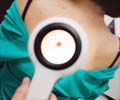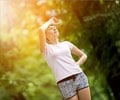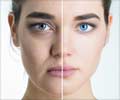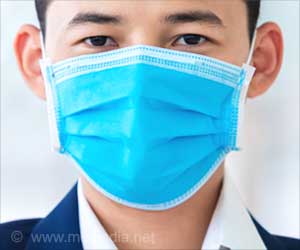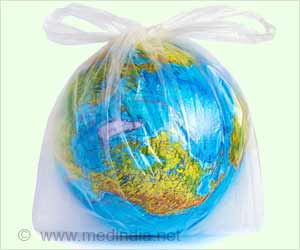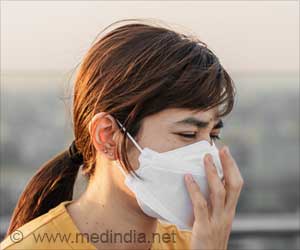A study has predicted which athletes will receive the highest amount of UV solar radiation at 2020 summer Olympic games in Tokyo, which shows ladies tennis singles winner will receive more rays.
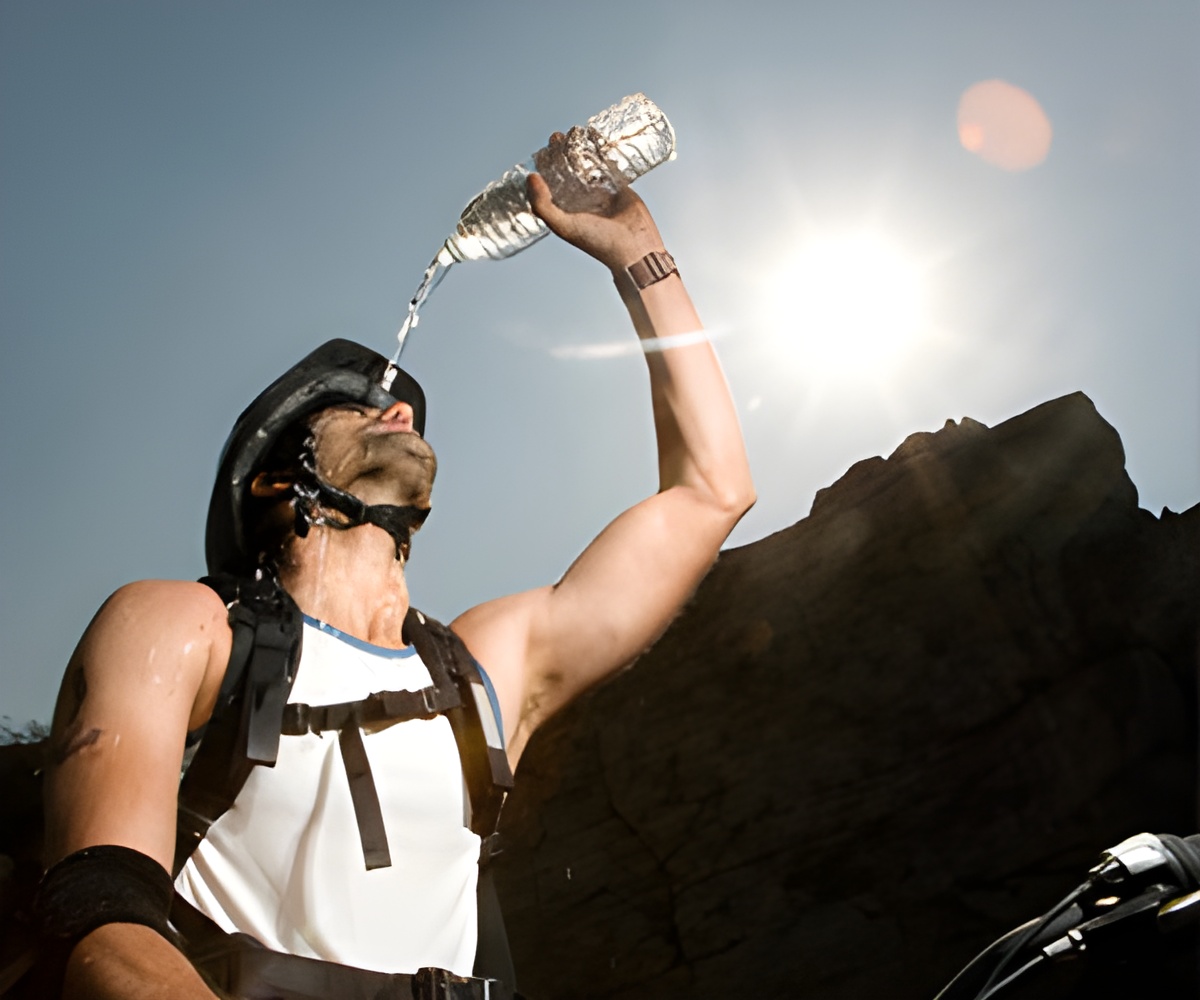
‘Severe risk of sunburn is linked to a higher risk of skin cancer, which could be put down by wearing body surface covering protective clothing and rescheduling long duration games to evening or night.’





Thanks to global warming we are seeing record summertime temperatures in our cities. While this can be dangerous for the elderly, and people with health conditions, it can also be hazardous to professional athletes. The study, published in the Taylor & Francis journal Temperature, found that this is especially true for tennis players, golf stars and cyclists, as they are often out for long periods in the hottest parts of the day. This puts these athletes at severe risk of sunburn, which itself is known to increase the risk of skin cancer.
"The winner of the women's singles tennis will have to compete in 6 rounds, many of which will be at peak midday," says the author of the study, Dr Nathan Downs, a Senior Lecturer in Mathematics at the University of Southern Queensland, Australia.
"Golfers must also compete in four daytime rounds, and the winner of the men's cycling road race can also expect to be exposed to sunlight for at least 6 hours, with other competitors being outside for even longer."
To calculate the total sun exposure that each gold medal winner of the 144 outdoor events will receive over the duration of the 2020 games, Dr Downs used satellite data on cloud cover, ozone and aerosol concentrations to create a model of the ambient UV environment that athletes will be exposed to in Tokyo. He then looked at what time of day the events are usually held at, and how long they tend to last.
Advertisement
The results showed that the duration of events, and the time of day that they take place in are the most important factors influencing UV exposure, which is why tennis, golf and cycling stars are the most at risk.
Advertisement
"We were often amazed that for events like rowing or the 50 km walk, a good number of competitors in Rio chose not to wear a hat or cap," says Dr Nathan Downs. "Little things like this can make a difference, but competitive clothing that comfortably covers the greatest body surface area will have the most significant benefit."
According to Dr Downs, other measures that could help include making sure to schedule long events when the sun is lower down in the sky or at night.
"Events like the Marathon are purposefully scheduled to run early in the morning in order to keep the total sun exposure down, so this is something that could be considered for other events too. Other things that can be done include route alterations that make greater use of shade, or careful use of sunscreens to prevent unnecessary sunburn."
The study also recommends that the Olympic Committee adopt specific sun protection regulations and guidelines.
Source-Eurekalert

